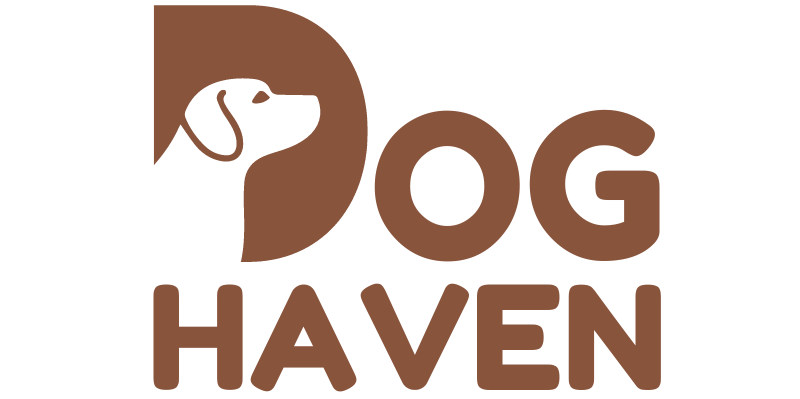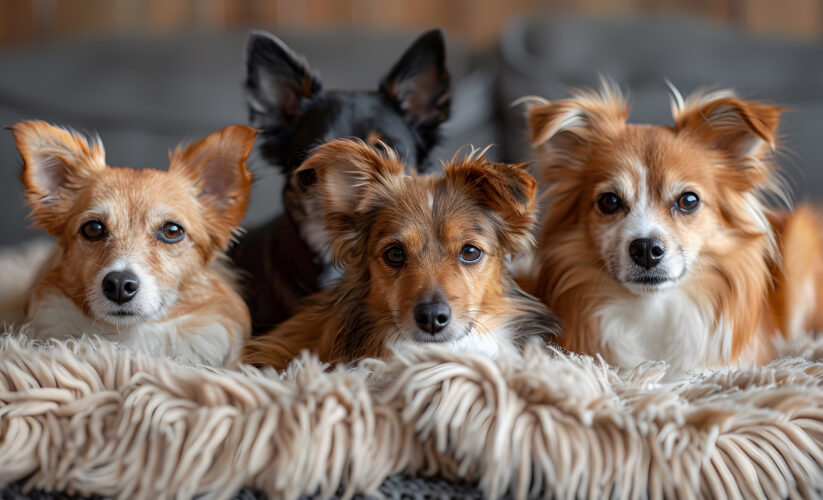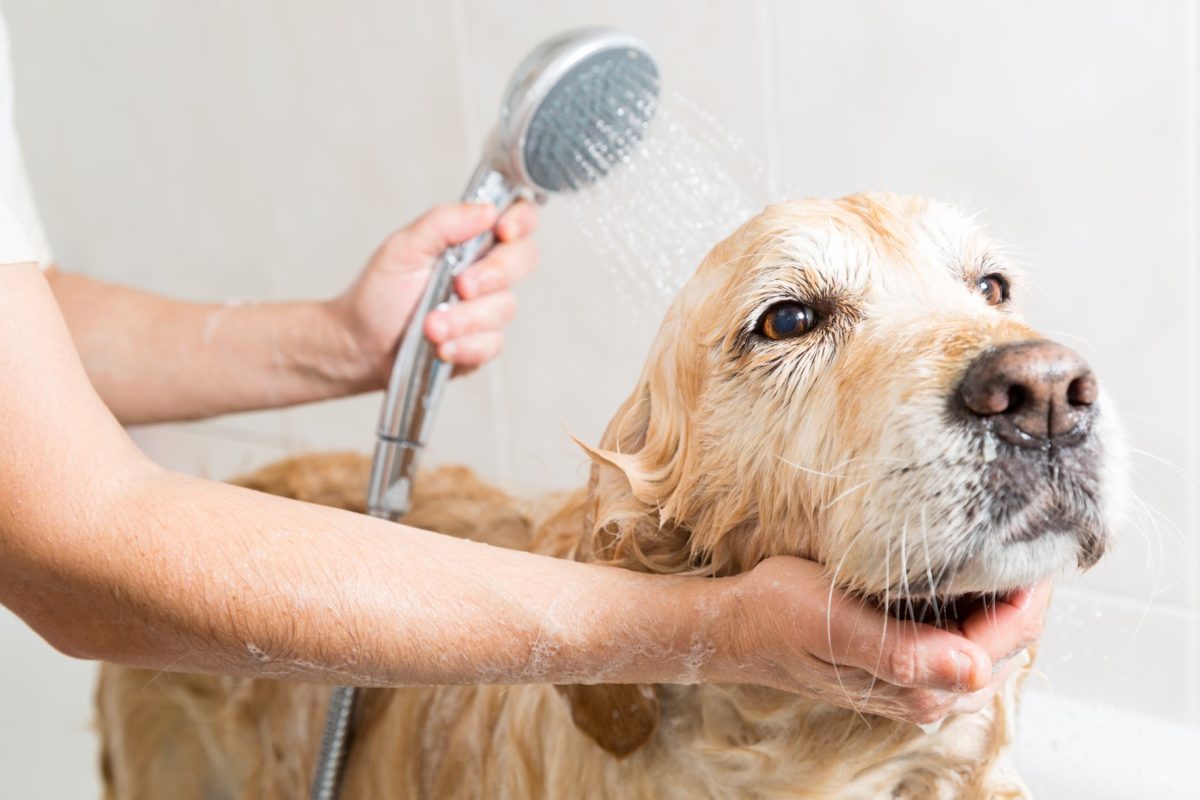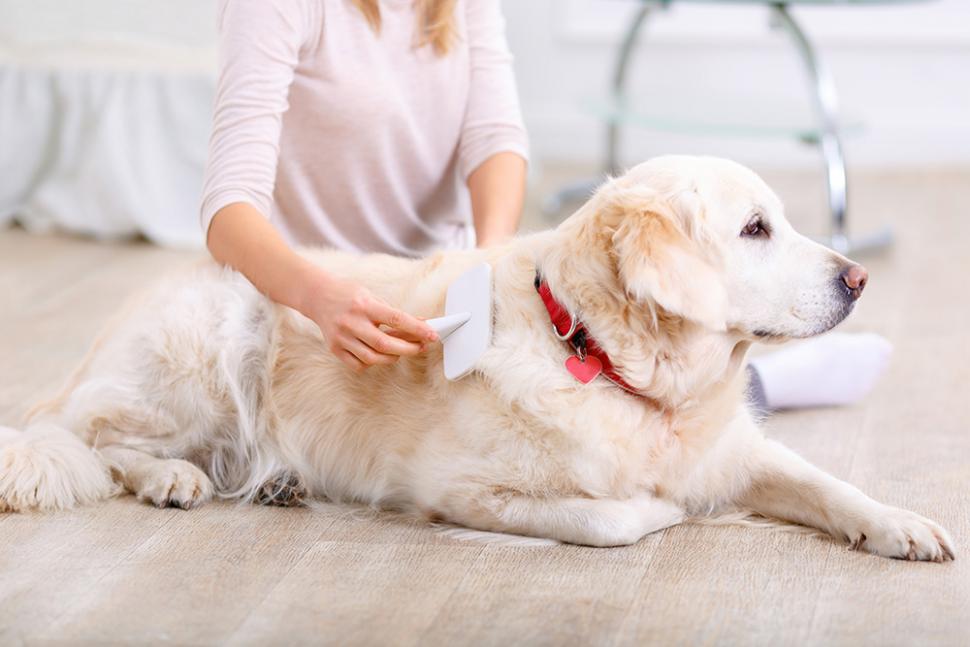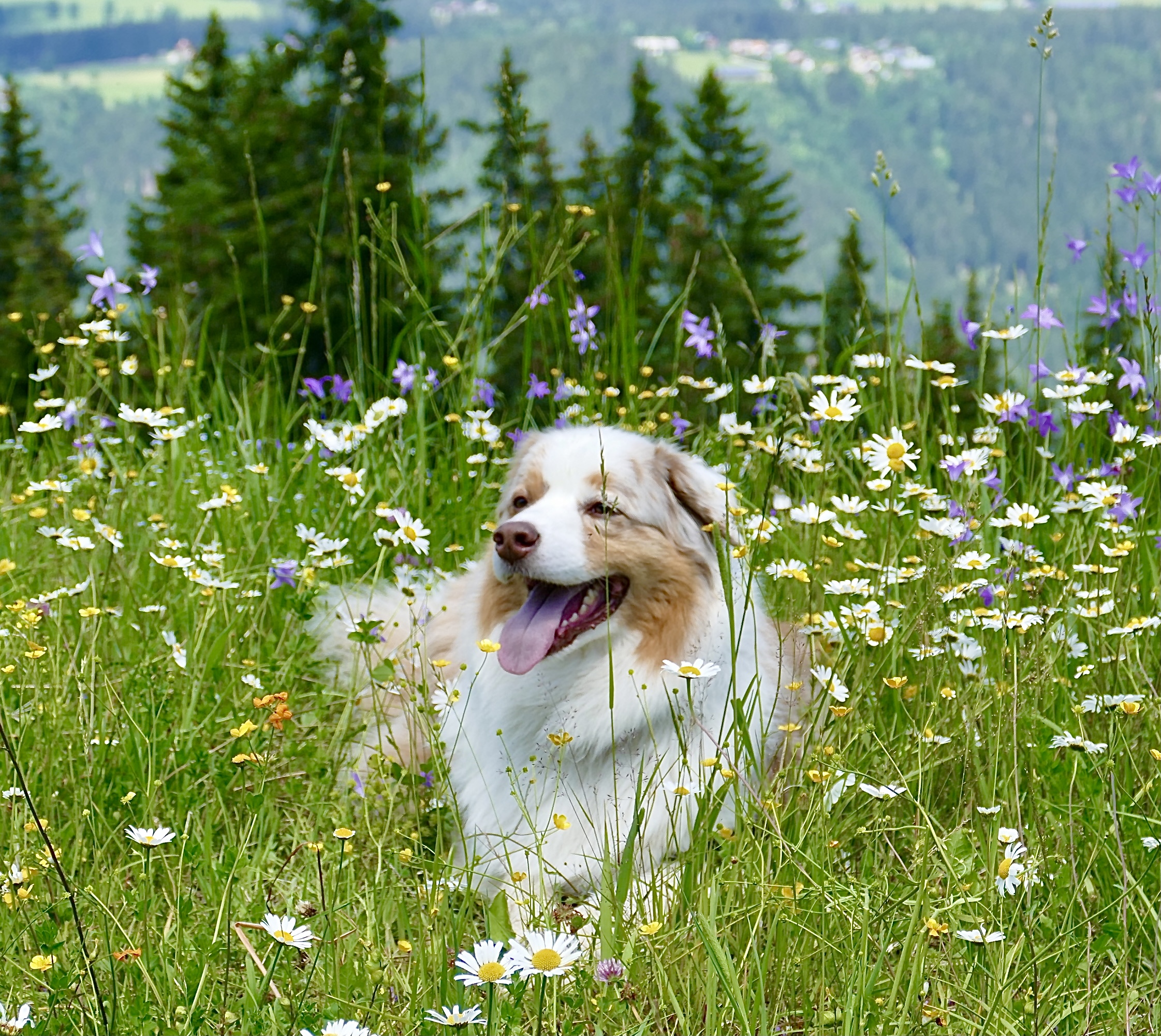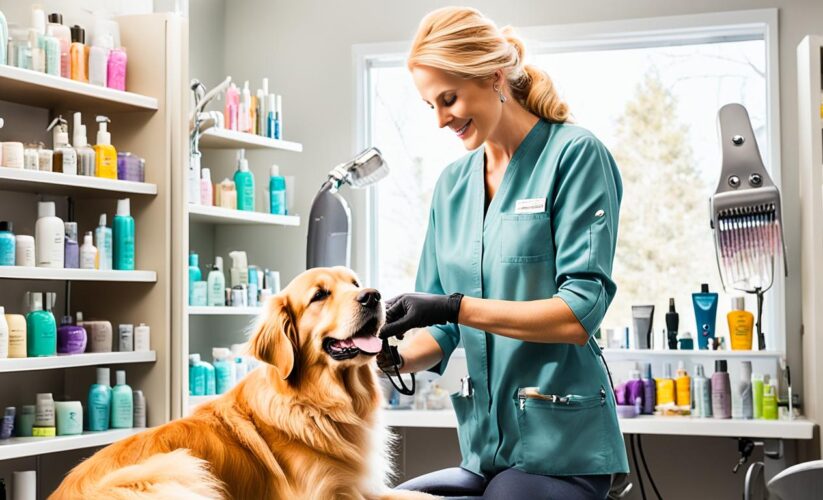
The Complete Guide to Grooming Your Dog at Home
Ever thought about how your dog grooming at home affects their health and hygiene? Dogs with long hair need grooming every 4-8 weeks. This shows that taking care of your dog at home is key. But what does DIY dog grooming include, and how can you keep your dog clean without spending a lot?
As pet owners, we all want what’s best for our furry friends. That’s why at-home grooming techniques are becoming popular. From keeping their coat shiny to caring for their teeth and nails, grooming at home is a special task. But, is it enough for your dog’s specific needs?
Grooming isn’t the same for every dog. Small dogs might have crowded teeth that need extra care. Dogs with floppy ears could get ear infections and need regular checks. The key is to tailor grooming to your dog’s unique needs.
This guide will give you the tips and knowledge to become a pro at grooming your dog at home. Taking on this role saves money and strengthens your bond with your pet. Grooming shows love and care, creating a deeper connection and a happier, healthier dog.
Regular grooming is crucial but often overlooked in dog care. It can spot health issues early, saving vet visits and giving you peace of mind. Whether your dog needs daily grooming or just occasional care, knowing what to do will keep them looking great and healthy. Dive into this guide to learn the best ways to groom your dog at home.
Essential Home Dog Grooming Tools and Supplies
Learning home dog grooming means having the right tools and supplies. It keeps your dog looking great and helps their health. The key to good grooming is using top-notch grooming tools. Start with a brush like the Dog by Dr. Lisa Slicker Brush or the Kong ZoomGroom Dog Brush. These are great for dogs with smooth coats.
For bathing, pick a dog shampoo that fits your pet’s skin type. Earthbath Oatmeal & Aloe Dog & Cat Shampoo or Tropiclean’s gentle coconut shampoo are good for sensitive or dry skin. After shampooing, use Tropiclean’s kiwi conditioner to detangle and add shine to your dog’s coat. A microfiber towel is also useful for drying your dog quickly after a bath.
Keeping your dog’s nails trimmed is important for grooming. Use the Boshel Dog nail clippers for this. Trim your dog’s nails often to avoid overgrowth and pain. These clippers are quiet and easy to use, perfect for nervous dogs. Always have styptic powder ready for any cuts.
Don’t forget about dental care. Using a toothbrush for dogs daily can prevent tooth decay and bad breath. Brushing your dog’s teeth regularly keeps them healthy and avoids future problems.

Adding these home dog grooming tips to your routine keeps your dog looking and feeling great. Grooming is key to your dog’s health and strengthens your bond. It ensures they stay in excellent condition.
Grooming Your Dog at Home: Techniques for Every Coat Type
Knowing the needs of different dog coat types is key for a healthy, tangle-free grooming routine. Each coat type, from wiry to silky, needs its own special care. This ensures your pet stays clean and comfortable.
Short-coated breeds like Bulldogs don’t need daily grooming but still benefit from weekly brushing with a rubber-bristled brush. This keeps shedding under control and keeps the skin healthy. For medium-coated breeds, brushing every other day helps prevent tangles and mats, which is key to mat prevention.
Breeds with dense undercoats, like Labradors, need regular brushing and special tools like de-shedding rakes during coat changes. This reduces shedding and keeps the coat in top shape.
Dogs with long, silky coats or curls need daily grooming with the right tools. A steel comb is great for breeds like Shih Tzus to avoid painful matting. Using a conditioning spray keeps curls looking great, which is important for tangle-free grooming.
Switching your dog’s diet to a healthier option is a good idea. Learn more about what dogs need to eat, including vegetarian choices, in this article.
Grooming does more than make your pet look good; it keeps them comfortable. Whether you’re dealing with a short coat or long curls, each brush stroke helps your pet and strengthens your bond.
Bathing Routines for Optimal Canine Hygiene
Choosing the right dog bathing frequency is key to keeping your pet clean. Experts suggest a schedule that fits your dog’s skin and coat type. Dogs that play outside or like to roll in mud may need baths more often to stay fresh and healthy.
When picking safe dog shampoos, it’s important to consider your dog’s skin. Hypoallergenic shampoos are best for dogs with sensitive skin. They help avoid irritation and keep the skin moisturized. After shampooing, using a conditioner helps with detangling and keeping the coat shiny and healthy.
Dog Haven offers lots of advice on keeping your dog clean. Visit their webpage on canine care for more tips.
When bathing, use lukewarm water and be careful not to get water in the ears. This can prevent ear infections. Start washing from the neck down and from the top to the underparts. Keep the head last to avoid getting shampoo in the eyes or ears.

Regular brushing, proper drying, and sometimes going to the vet for grooming help keep your dog clean. Introduce bath time slowly and reward your dog to make it a positive experience for both of you.
Trimming and Clipping Your Dog’s Fur Safely At Home
Learning DIY dog grooming at home saves money and keeps your pet comfy at home. It’s key to know safe fur trimming and the right dog hair clipping techniques. Using pet-safe clippers and being gentle is crucial for a good experience.

Begin by letting your dog get used to the clippers. Let them hear and smell the device when it’s off, and give them treats for a positive start. For general trimming, use a clipper with a number 4 blade. For sensitive spots like the paws and face, switch to a number 10 blade.
Keep your clippers safe by cleaning and oiling them often. Sharp blades make clean cuts and prevent pulling your dog’s fur. Guide combs help keep your dog’s coat even. Always clip in the fur’s growth direction to avoid unevenness and skin irritation.
Trimming and clipping need precision and patience. Work on one area at a time, and make sure your dog is okay with it. If they’re nervous, keep the grooming short and calm. Positive reinforcement during grooming builds trust and makes future sessions easier.
With these tips, safe fur trimming and clipping can help your dog’s health and hygiene. Take your time, be careful, and your pet will look and feel great.
Integrated Dental and Nail Care in the Grooming Process
When it comes to grooming essentials, brushing and bathing are key. But don’t forget about dog dental hygiene and nail trimming. These are crucial for your dog’s health and comfort. Daily brushing with special toothbrushes and toothpaste helps fight plaque and tartar.
Nail care is also important for your dog’s comfort and safety. Most dogs need their nails trimmed every 2-4 weeks to prevent overgrowth. Cutting the nails right is key to avoid the quick, a sensitive part that can bleed if cut. Using the right tools and a calm setting makes the process easier.
Good grooming, nutrition, and health are all connected. Choosing the right food, like Royal Canin Puppy or Wellness Complete Health Puppy, is important. Regular grooming helps your dog stay healthy and builds a strong bond with you. A good grooming routine can also save you money and trips to the groomer.
